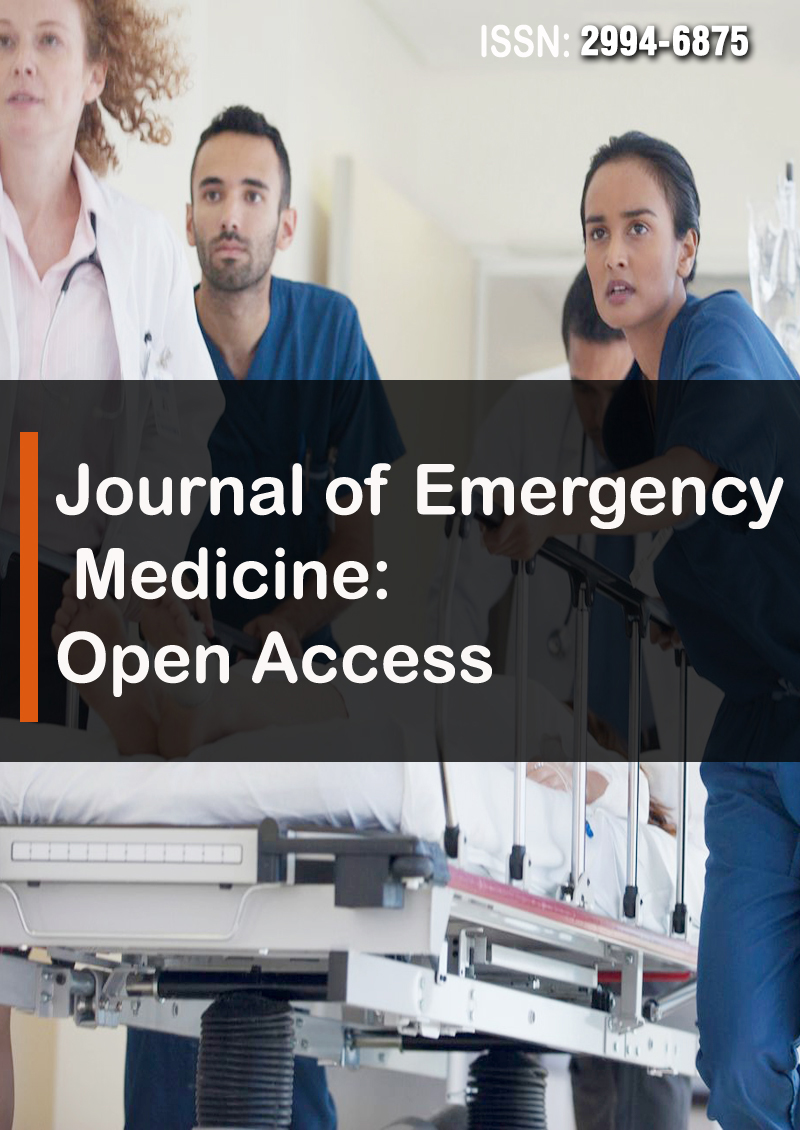“From Preparation to Consumption.” Food Safety Practices among Public Food Handler’s in Enugu Metropolis
Abstract
Chukwukasi Wilson Kassy, Nwadiuto Chidinma Ojielo, Ugenyi Victoria Iloabachie, Casmir Ndubuisi Ochie, Ifeoma Juliet Ogugua, Ibiok Charles Ntat, Onyinye Hope Chime, Chioma Amarachi Onyedinma, Anne Chigedu Ndu, Uzoamaka Susan Arinze Onyia, Nwabueze Emmanuel Aguwa and Adaeze Theodora Okeke
Background Increased demand for public prepared food with numerous food handlers creates uncertainties in the quality of safe foods and possible food contamination. This study aimed to ascertain the food safety hygiene practices and associated factors among public food handlers in Enugu Metropolis, Nigeria.
Methodology This was a cross-sectional study conducted among 400 public food handlers in Enugu Metropolis, Nigeria. Samples were selected using multistage sampling technique. Data was collected using pretested structured questionnaire and analyzed using proportion, mean and multiple regression. Statistical significance was set at < 0.05.
Results The mean age of respondents were 31.16 ± 8.242 years. About two – thirds, 66.5% of respondents were found to have good knowledge of food hygiene safety practices. The overall food safety hygiene practice mean score was 80.10 ± 10.25 with 70.5% showing good practice. Environmental safety hygiene had good practice of 35.0% and mean score of 24.17 ± 2.29. The factors which statistically significantly predicted overall food safety practices, F (11, 388) = 42.957, P < 0.0001, R2 = 0.536 were educational level (β = 0.148, C.I = 0.860 – 3.082), knowledge level (β = 8.594, C.I = 5.635 – 8.979) and safety trainings (β = 0.517, C.I = 4.102 – 5.474).
Conclusion There was good knowledge of food safety hygiene practices with high mean scores except on environmental safety hygiene practices component. Safety training, knowledge level and educational level were the predictors of good practices. Frequent trainings are most needed to prevent or control food contamination and consequent food borne diseases.



